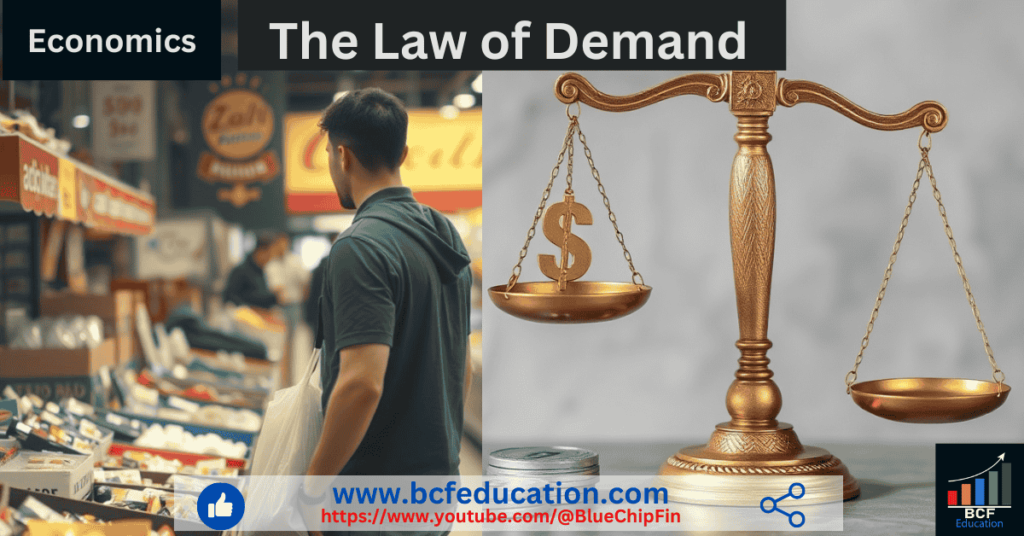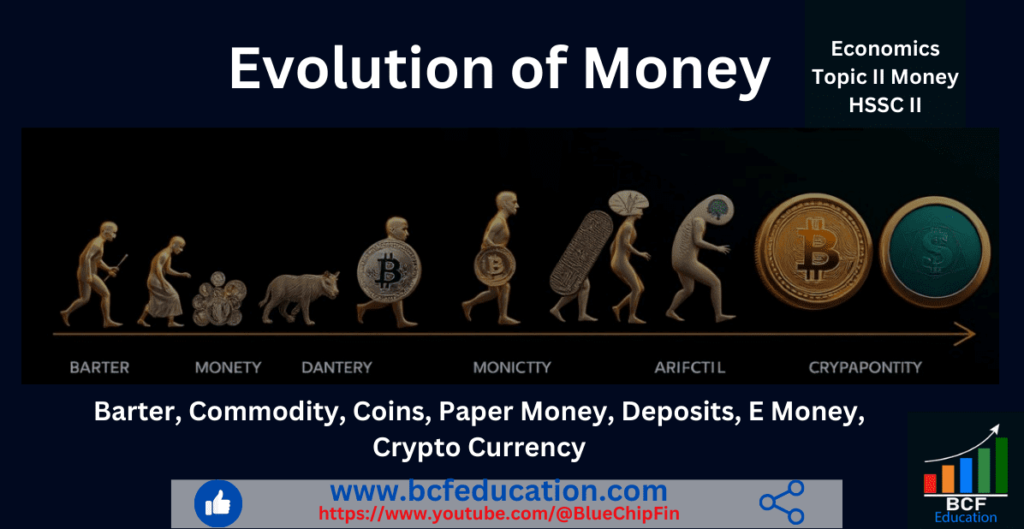“In this Post Demand, Individual Demand, Aggregate Demand, Law of Demand, we delve into the essential microeconomic concepts of demand, individual demand, aggregate demand, and the law of demand. These principles are fundamental to understanding consumer behavior, market dynamics, and economic decision-making, making them invaluable for business and finance students worldwide. By exploring these concepts, students can gain insights into how markets function and how demand influences pricing, production, and economic policy.” This topic is equally important for the students of economics across all the major Boards and Universities such as FBISE, BISERWP, BISELHR, MU, DU, PU, NCERT, CBSE & others & across all the business & finance disciplines.
Table of Contents
Demand, Individual Demand, Aggregate Demand, Law of Demand
Demand
In common language, we take the meaning of demand as need or want but in pure economic sense, demand has three different meaning given below:
- Demand is effective desire to buy something
Demand = Desire + Purchasing Power
- Quantity purchased at particular price during a period of time also called demand
- Schedule which shows the relation between price and demand is also called demand.
Individual Demand
Individual demand is demand of a product by an individual person at a certain price. For example, Mr. A demand sugar at the price of Rs. 120 per kg is 10 kg is an individual demand of a person for sugar. Schedule of demand by individual person changes with price level given below:
Schedule for Individual Demand
| Price of Sugar | Individual Demand by A |
| 120 | 10 |
| 80 | 20 |
| 40 | 30 |
Graph for Individual Demand

Aggregate Demand, Market Demand, Effective Demand
When multiple individual demands a certain product at a certain price level is called effective/market or aggregate demand. Schedule of market demand is given below:
Schedule for Market Demand
| Price of Sugar | Demand by A | Demand by B | Demand by C | Market Demand |
| 120 | 10 | 20 | 30 | 60 |
| 80 | 20 | 40 | 50 | 110 |
| 40 | 30 | 60 | 70 | 160 |
Graph for Aggregate/Effective/Market Demand

Law of Demand
It is daily life experience that demand is closely related to price of the product and these both have inverse relation with each other which means that when price goes up, demand falls or vice versa. So the law of demand says that:
“If other things do not change, people buy more of good when its price falls and less of it when its price rises”
In above definition “other things” are determinants of demand those who affect demand in the long run such as income, taste, price of related goods and future expectations of price rise. We take constant all of these while observing law or ceteris peribus.
This relation can be explained with the help of demand schedule and figure given below:
For example, we take the price change of sugar here in our example and observe that how its demand changes with the change of price.
Quantity Demand Schedule
| Price of Sugar | Demand for Sugar kg |
| 120 | 10 |
| 100 | 20 |
| 80 | 30 |
| 60 | 40 |
| 40 | 50 |
| 20 | 60 |
Graph of Quantity Demand Schedule

Explanation
Above table shows that when price of sugar is Rs. 120 per kg, its demand is 10 kg which is shown in figure at f point, when its price falls Rs. 80 per kg, its demand rises to 30 kg which is shown at d point in the figure and finally when price of sugar dropped to Rs. 20 per kg, its demand rises to 60 kg shown at point a in the figure above. DD line shows the demand line which drops from top left to right bottom is indicating negative relationship between price and demand.
Why demand curve has negative slope?
Demand curve has negative slope because of four reasons:
- Income effects
When price decrease, consumer buys more is called income effect.
- Substitution effect
When price of a product decreases and price of the product’s substitute remains same, people buy more is called substitution effect.
- New buyers and
When price of a product decrease, new buyers enter in the market.
- Diminishing marginal utility
Demand curve slope downward because of diminishing marginal utility.

Assumptions
- Income of the consumer remains constant
It is assumed that income of the consumer does not change while observing the law, because sudden positive change in the income may affect the buying behavior of the consumer.
- Tastes of the buyer do not change
It is also assumed that taste of the consumer does not change because it affects the buying behavior of the consumer.
- Weather/Custom/Habits
Products related to weather, custom and habits do not follow the normal pattern of demand and price so we take these factor constant.
- Price of related goods remain the same
Related goods have two types, substitutes and complementary goods in which substitutes are alternatives and complementary goods are goods used together with other goods. We assume that prices of related goods are constant because change in their price affects the demand.
- Population does not increase
Population also put impact on demand so we take population constant while observing this law.
- No Expectations
Future expectations such as war, price hike also disturb the buying pattern of the consumer so we take this factor constant also.
Exceptions
- Giffen Goods
Giffen goods are inferior goods which is used by the general public for example, when price of wheat falls, people decide to buy rice from the saved money and do not buy more wheat.
- Expectations
People also decides to buy more goods even on higher price when they expect some future event such as war.
- Hoarding
Normally whole sellers do hoarding and when they make supply to the market after shortage, people buy more even on higher prices.
- Status Symbol
Some products are status symbol for the people and they normally ignore the demand price relationship. They even buy more on higher price.
Related Articles
Evolving different thoughts of Economics
2.1 Theory of Consumer Behaviour
2.2 Total Utility, Marginal Utility, Point of Satiety & Types of Utilities
2.3 The Law of Diminishing Marginal Utility DMU






